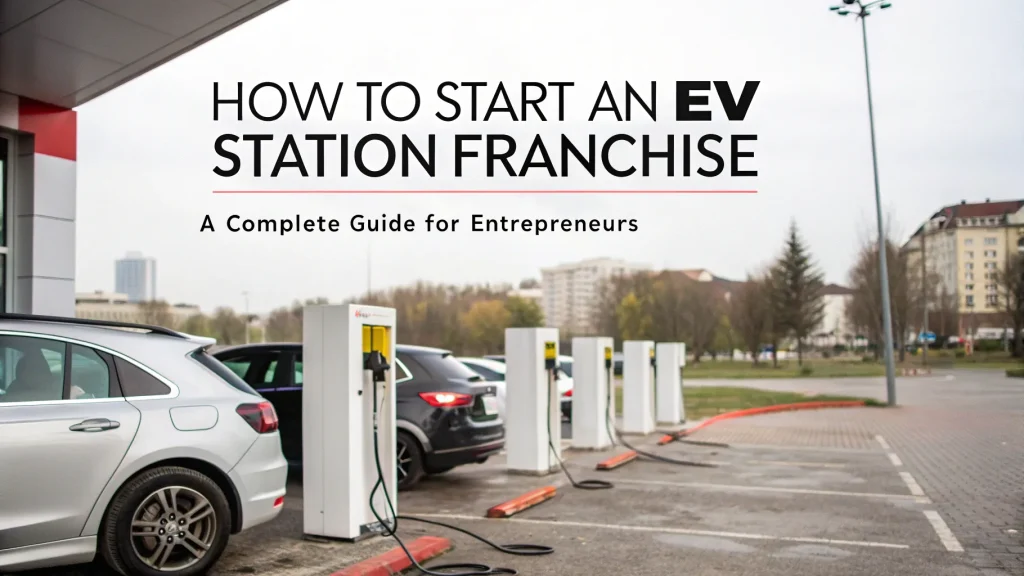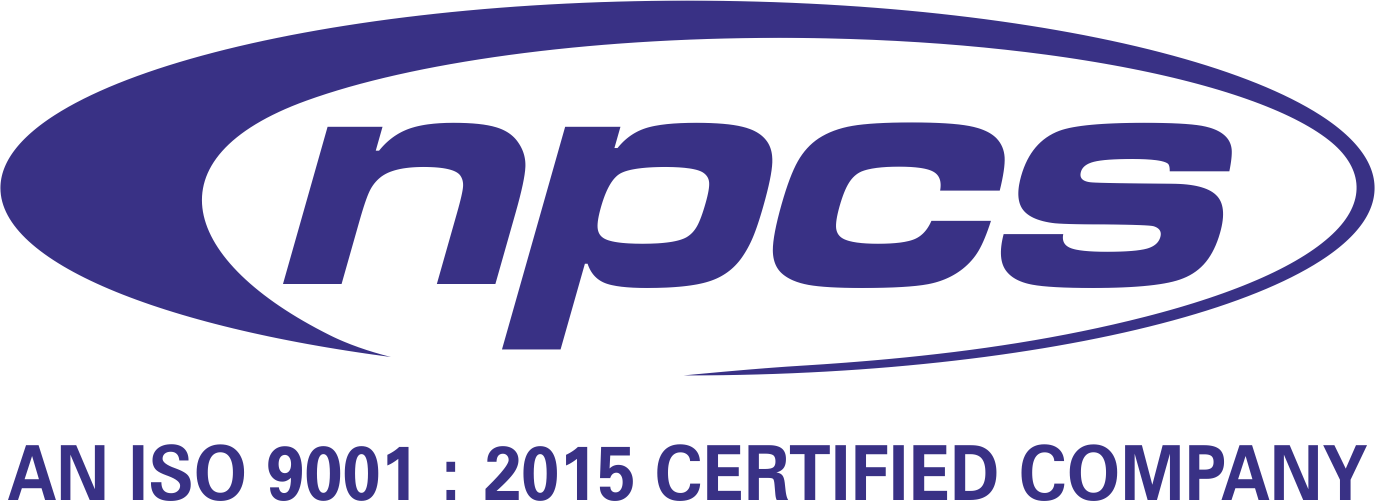In the Last Decade, India’s Toy Market Has Grown Rapidly India’s toy industry has witnessed an extraordinary rise over the past ten years. A combination of rising disposable incomes, urban migration, and a growing middle class has fueled the demand for educational and recreational toys. This surge has positioned India as a key player in the global toy market. For businesses worldwide, importing toys to India is now a strategic and profitable opportunity. However, this venture requires a deep understanding of regulatory guidelines, consumer preferences, and safety compliance.
Understanding the Indian Toy Market
India ranks among the world’s largest toy-consuming nations, with a population of over 350 million children. Urbanization and the growth of nuclear families have created a demand for toys that are both entertaining and educational.
STEM toys, eco-friendly products, and locally-inspired concepts are gaining popularity. Traditional dolls and action figures remain strong contenders, but the market now favors innovative educational tools. Consumers are actively seeking sustainable toys that align with their values on safety and environment. To succeed, importers must understand these shifting preferences and bring in trending toys aligned with the market pulse.
Steps to Importing Toys to India
1. Research the Market and Consumer Preferences
Before launching toy imports, businesses must analyze current trends, target age groups, and regional demand. Global brands like Lego and Mattel perform well, but Indian parents also value culturally relevant and educational toys.
Surveys, online market analysis, and feedback from retailers help in identifying high-potential products. Select toys that resonate with local values, address parental expectations, and encourage learning.
2. Obtain Importer Exporter Code (IEC)
To legally import toys, a company must obtain an Importer Exporter Code (IEC) from the Directorate General of Foreign Trade (DGFT). This 10-digit code enables international trade and is mandatory.
The application process involves submitting:
- Business PAN card
- Proof of business address
- Incorporation certificate
- Digital signature certificate
- Without IEC, customs clearance is not permitted.
Also Read:
- How to Start Kids Electronic Toys Factory.
- The Best Home-Based Manufacturing Business Ideas for Entrepreneurs on a Budget
- Start Investing in Electronic Toys and Grow Your Business
3. It is impaired by delays in product safety compliance, which is crucial.
The Bureau of Indian Standards (BIS) has set the safety standards for toys to be imported for India. Toys are required to comply with IS 9873 standard of the Bureau of Indian Standards (BIS) which requires them to be safe, with requirements such as material safety, mechanical property and chemical composition.
Every toy that is manufactured should be free of hazardous substances, such as lead, phosphates or other detrimental chemicals, and these standards are the key to this reality for toys.
Moreover if toys with parts containing electronics there is IS 302 that ensures safety or electrical electronic toys. These standards are also complimented by a certificate of conformity (Cod) which importers use to confirm conformity with these standards.
4. Customs Clearance
The toys are sold once they reach India, passing through customs. In the case of paying the applicable import duties, taxes and other fees, the customs process is also paid.
This classification of goods for customs purposes, designated The Harmonised System (HS) Code, is important in determining the duty applicable. The HS Code is usually 9503 for toys.
Submission of the commerce invoice, packing list, bill of lading, certificate of origin and other documents can be done to customs clearance. If the toys are being imported from a country what has Free Trade Agreement (FTA) with India the import duties could be reduced.
5. The requirements for labelling and packaging.
Indias labelling and packaging standards apply to imported toys. The packaging must include the following information:
– Manufacturer’s details
– Country of origin
– Age group recommendation
Safety Warnings if Any (if Applicable)
– Material composition
– Usage instructions
Labels for these products must be in English or Hindi so that its easy to comprehend them for the consumers in India.
6. Choose a Distribution Channel
- E-commerce: At present, Indias online retail market is booming, with many toy businesses looking to make the most out of online platforms Amazon, Flip kart and Snap deal to sell imported toys.
- Wholesale Distribution: You can sell toys to wholesalers who then pass them to retail outlets all over the country.
- Retail Outlets: If you want to open your own retail store, youll have to deal with logistics of toy storage, display and sales.
- Supermarkets and Toy Stores: Another option would be to establish relationships with major retailers and supermarkets.
Legal and Regulatory Considerations
- Import Duty and Taxes: The only charges imposed by the Indian government on toys are imports ones, which can be different for different types of toys and accordingly. Customs duties aren’t the only taxes that apply on toys; currently 18% of goods and services tax (GST) is compulsory.
- BIS Certification: After BIS certification, manufacturers and importers must get their products tested to obtain the certification and toys must be of BIS certified.
- Labelling and Packaging Regulations: Earlier I already mentioned about the Consumer Protection (E commerce) Rules which are applicable in India as other packaging laws in the country require products such as toys to be labelled in a certain way.
- Environmental Compliance: India is becoming increasingly aware and regulated of its plastic waste. Plastic Waste Management Rules may prevent sale of plastic toys; such plastic based toys imported.
Read Our Handbook:
- Medical, Municipal and Plastic Waste Management Handbook
- Handbook on Biodegradable Plastics (Eco Friendly Plastics)
- Modern Technology of Waste Management
- Bioplastics & Biodegradable Products Manufacturing Handbook
Challenges in Importing Toys to India
The Indian toy market offers many opportunities, but also presents many problems that toy importing businesses could face. The most complex custom clearance process is one major challenge. These import duties and taxes may add up to a significant amount, and so should be included into the end user pricing of your products.
It can also be a regulatory compliance challenge. BIS safety standards can take a lot of your time and money. The process of importing products to India can be complex by getting all certifications and making sure that all labels and packaging meet Indian requirements.
The other challenge in the Indian toy market, is the competition. It is dominated by local manufacturers and establish international brands, with very little space on the shelves for new entrants to establish themselves and to get notic. Furthermore, in the context of Indian market, product quality must be effectively balance with product affordability.
Importing toys to India finally requires cultural sensitivity. Sometimes, the toys they love in other parts of the world may not really speak to the Indian consumer. For example: Toys that have Indian culture or traditions as an example, will have higher possibility of become successfully. By understanding local customs, preferences, and values business can tailor its offers in the Indian market.
Also Read:
- Plastic Products Manufacturing: Profitable Plastic Industries
- Production of Fibre Glass, Optical Glass and Reinforced Plastics
Future Trends in the Indian Toy Market
It is expect that in coming years Indias toy industry will grow considerably. Currently, toys that fuel the imagination, enhance learning and help preserve the natural environment are where consumer interest is trending, as more parents are putting their money on educational and Eco friendly products. Also, e-commerce and digital platforms facilitate business entities to get to the consumers across the country.
Domestic toy manufacturing is also seeing opportunities due to the government of Indias push for “Mahabharata Bharat” (self reliant Bharat) though imports are sure to continue, and will definitely play a huge part in meeting the growing demand of high quality toys.
Conclusion
Importing toys to India can be a rewarding venture, provided businesses understand the complexities involved in navigating regulations, customs procedures, and market preferences. However there is ample room for both domestic as well as international players struggling to thrive amidst growing demand for educational, eco friendly, innovative toys.
However, with the correct planning, knowledge of local consumer culture, and a strict adherence to Indian safety standards, importing toys into the Indian market can be a long term viable enterprise for any importer.






